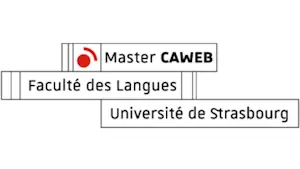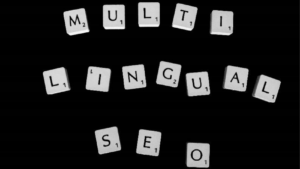Get the quality you need for your localization projects with a robust quality management system

Editor’s Note: This article was written by a future expert from our partner Master’s course, TCloc Online Technical Communication. For more information about the course, you’ll find a link towards the website at the end of this article. Enjoy!
Developing a robust quality management system is one of the most crucial aspects of any localization project. It is a well-established fact that translation quality can have a huge business impact. A quick Google search will yield countless documented horror stories of failed or embarrassing product launches due to an oversight in translation or inadequate understanding of the target culture.
Higher investment into globalization strategies and technological advances has increased global market reach for many businesses. As a result, localized versions of products are being released more quickly than ever before. Localization teams are under more pressure than ever to complete projects quickly and with high standards. But how can businesses ensure that the quality of their localized content is up to scratch?
Quality Management System: Integrating Quality Assurance and Quality Control
A well-organized quality management system is crucial for any business. It allows to identify, measure, control and improve the quality of their localized content. According to ISO standards, it includes the establishment of a set of quality policies and objectives that will act as guidelines within an organization. Amongst them are quality assurance and quality control procedures.
A Plan for Quality: Quality Assurance (QA)
QA is a process of planning, documenting and agreeing on the steps and guidelines required for ensuring quality. QA is a proactive measure and forms part of the upstream preparation of a localization project. It enables businesses to build in quality before translation takes place.
Quality Control: Verify the Translation Quality
Quality control focuses on verification measures undertaken to ensure a translation meets requirements. It can be considered a reactive measure in that it typically happens at the end of the translation process.
Integrating Quality Assurance and Quality Control into your Quality Management System
Businesses should consider integrating the following quality assurance and control standards into their quality management system to improve the quality of their localization projects.
Source Content
The quality of the source content has a big impact on the quality of the translation. Ambiguity in the source text can cause costly misinterpretations during the translation process. Businesses should write with translation in mind by developing and using standardized style guides and glossaries to keep branding consistent across source and localized versions of the content.
Translator Experience
Translators need to be matched with the area of specialization, content type and quality level. They should be native speakers, and be experienced in your business’s area of specialization. Finally they should understand what resources and tools are needed to produce translations according to expected quality levels.
Tools and Workflows
Part of the QA process will also be addressing which workflows and tools should be used for your localization projects. Your localization requirements, budget and project timeframe will dictate the type of workflow that should be used. For instance, you might consider whether an additional review step needs to be integrated into the workflow after translation, or machine translation should be integrated into the translation process. Translation memories, which are databases of previously approved translations, should always be used to ensure consistency of terms and business branding.
Standardized Metrics
Once your QA measures are defined, you should develop and apply standardized metrics to measure and track the quality of your translated content. Perception of translation quality has been changing within the localization industry. Indeed, diversification of content types has given rise to new variables. Among them are end user requirements, communication function and integration of automated translation tools into workflows. Therefore, the metrics you adopt should have the flexibility to track variable benchmarking and evaluate quality over time.
The University of Strasbourg has developed a Master in Technical Communication and Localization, taught by experts in the field of localization. Students of the program come from diverse professional backgrounds. Upon completion they can assist you with advice on standardized style guides for translation and quality management applied to localization. Click here for student details.
Thank you for reading, we hope you found this article insightful.
Want to learn more or apply to the TCloc Master’s Programme?
Click here to visit the homepage.
Written by Claire Mullins





